Mehr Liaqat 是一名刚取得资质的建筑设计师,她在 Benoy贝诺完成了Part1和Part2的实习。在此,她分享了自己的动力源泉、收获的实践经验,以及个人与职业成长之路。
与Mehr Liaqat一起探讨协作、沟通与创造力
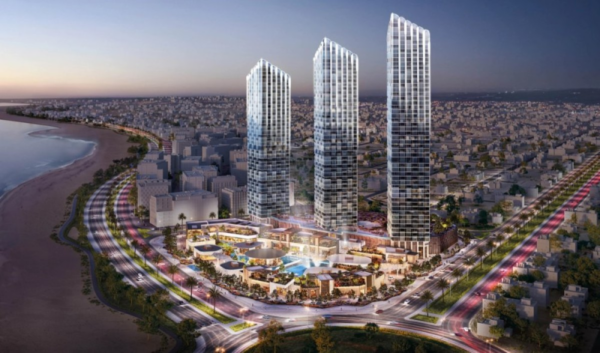
你能讲讲在Benoy贝诺的建筑生涯吗?
在我的学习过程中,有幸可以在Benoy贝诺拥有多次实习经历。最初,在大一结束时,我申请了为期三周的实习,想提升自己的软件和技术技能;第二年夏天,我回来担任建筑助理;一年后又回来完成了part 1的校外实习;在过去一年半的时间里,我一直在Benoy贝诺全职担任Part 2对应的助理职位,同时在周末学习Part 3的课程。所以,从2018年开始,我以各种方式在Benoy贝诺伦敦工作室工作,在这里度过了很多时光,已经有了家的感觉。
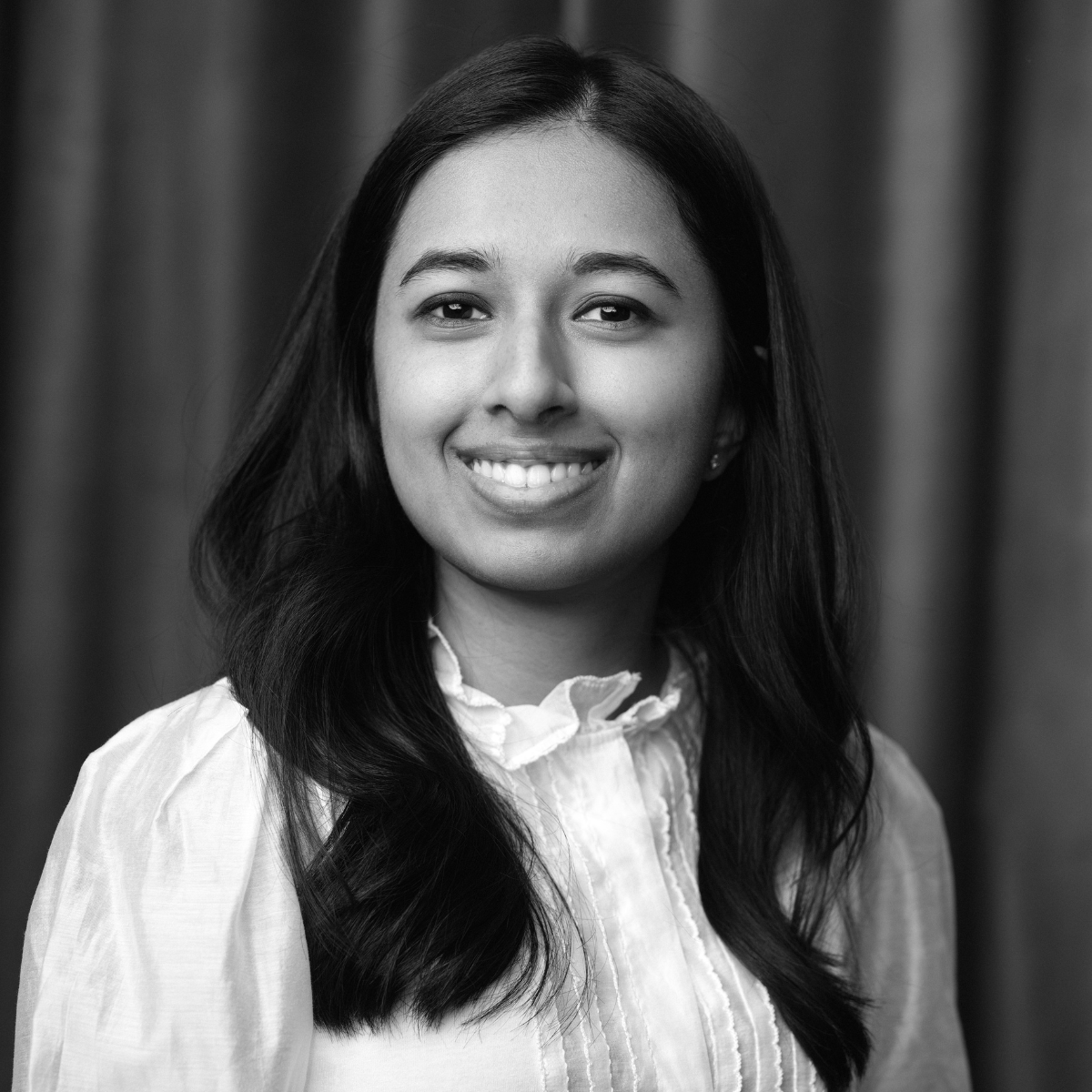
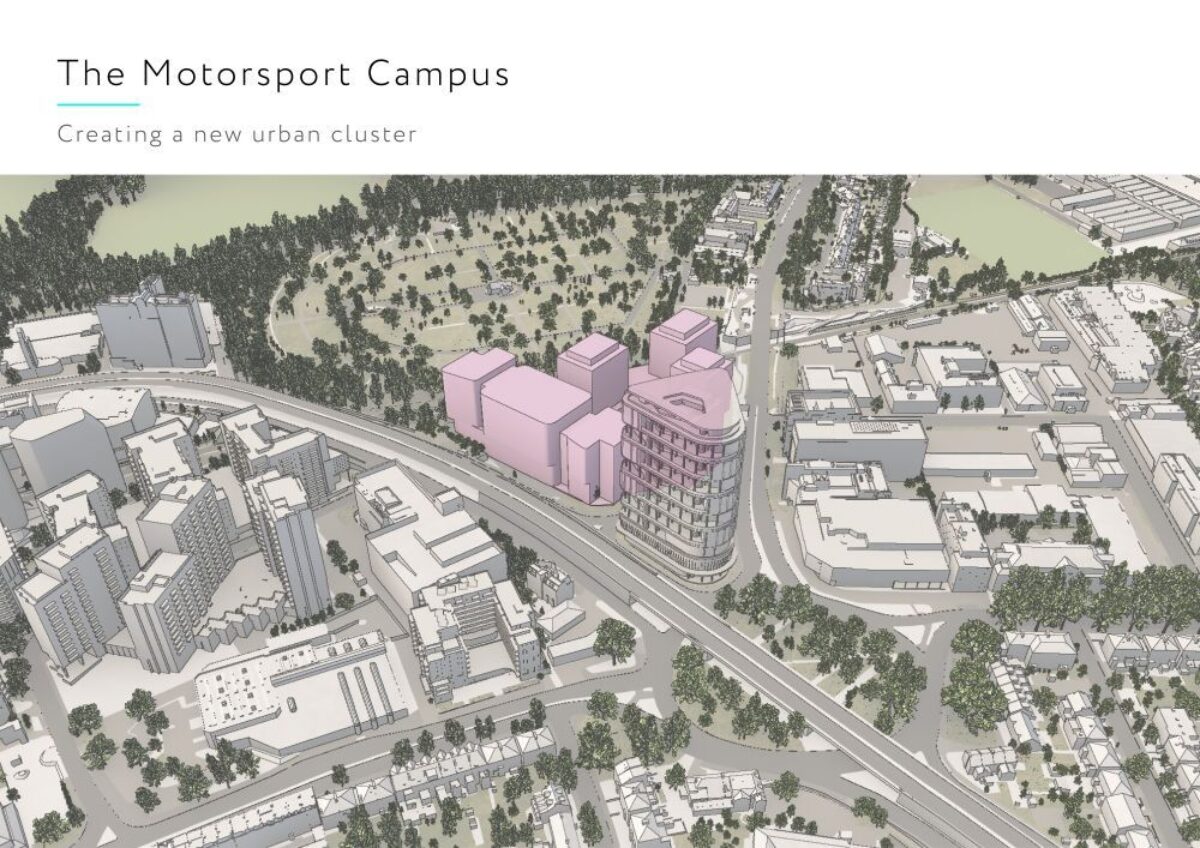
你在Benoy贝诺参与了哪些工作?
在Part 1实习期间,我加入了四到五人的设计团队,参与沙特阿拉伯和埃及的项目。我主要从事早期概念设计工作,但也参与了一些项目研究和建模工作。由于疫情,有好几个月我都无法和同事们面对面交流,这加具了工作的挑战性。远程工作和有同事在身边互动、咨询完全不一样,但总的来说,这仍然是一次积极的经历。
作为Part 2助理,我的日常工作和Part 1类似,但有了更多的自主权和独立性。会给我分配任务,让我自己想办法完成。当然,需要的时候我也可以寻求帮助,而且我一直在学习。但在工作室里办公和之前远程工作的感觉大不相同:我参与的那些对话,听到的那些正在被讨论和完善的想法......这里是一个很棒的学习环境。
对我来说,一个突出的项目是位于伦敦 Chiswick 的 London Motorsport Campus。它本质上是一个为赛车爱好者打造的动态综合用途开发项目,包含赛车运动和娱乐设施、一栋教育 / 研究大楼、一家酒店、四座住宅塔楼和中央公共区域。这个项目很有意思,因为高层建筑属于《建筑安全法》的管辖范围,而我在Part 3的学习中正好学到了相关内容。能看到所有这些技术理论在实践中应用,感觉非常好。
最初是什么激励你进入建筑行业的?
起初,我想继续从事绘画相关的工作,这是我一直热爱的事。我喜欢发挥创造力并与人合作的感觉,而建筑似乎能同时满足这两点。但自从参与实际项目后,我发现自己真的很享受创造力与技术性的平衡,以及与不同的项目相关者打交道,比如结构工程师和景观建筑师。所以,虽然最初我的动机纯粹是出于设计,但我发现了建筑行业的其他维度,现在觉得这些也非常有成就感。
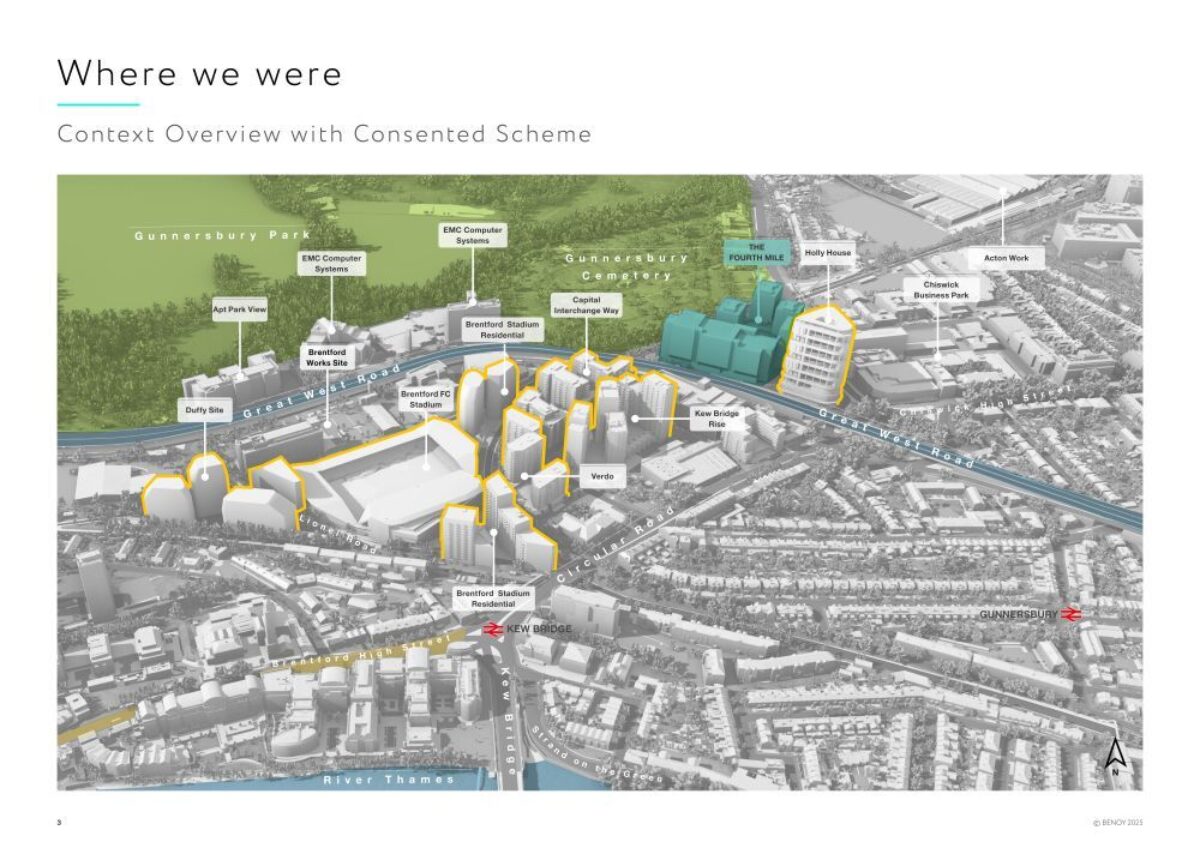
在Benoy贝诺期间,你获得了哪些技能和经验?
协作和沟通是我获得的关键技能。在大学里,我们所学的设计方案的展示方式非常具体,而且受众总是技术型的。在Benoy贝诺,通过与不同的利益相关者及顾问协作,我学会了如何重新组织图纸和想法,以最好地传达项目的价值和影响力。例如,向消防顾问和工程师解释设计概念,需要非常具体的沟通技巧和方法。当然,我在这里也学到了很多技术知识,但如何以相关、清晰且有说服力的方式传达想法是其中重要的一课。
这些经历会对你的学习/未来职业生涯有何帮助?
这些经历无疑增强了我的信心,无论是在理念传达方面,还是在遇到不合理的事情时敢于反驳方面。作为建筑师和设计师,我们非常了解客户想要实现什么。所以,当设计纲要中有相互矛盾的信息,或者空间尺寸不可行时,重要的是挑战这些指示,而不是总是在表面上接受它们。有勇气质疑纲要,并努力争取自己认为对项目有益的方法,这肯定会对我的未来有所帮助。
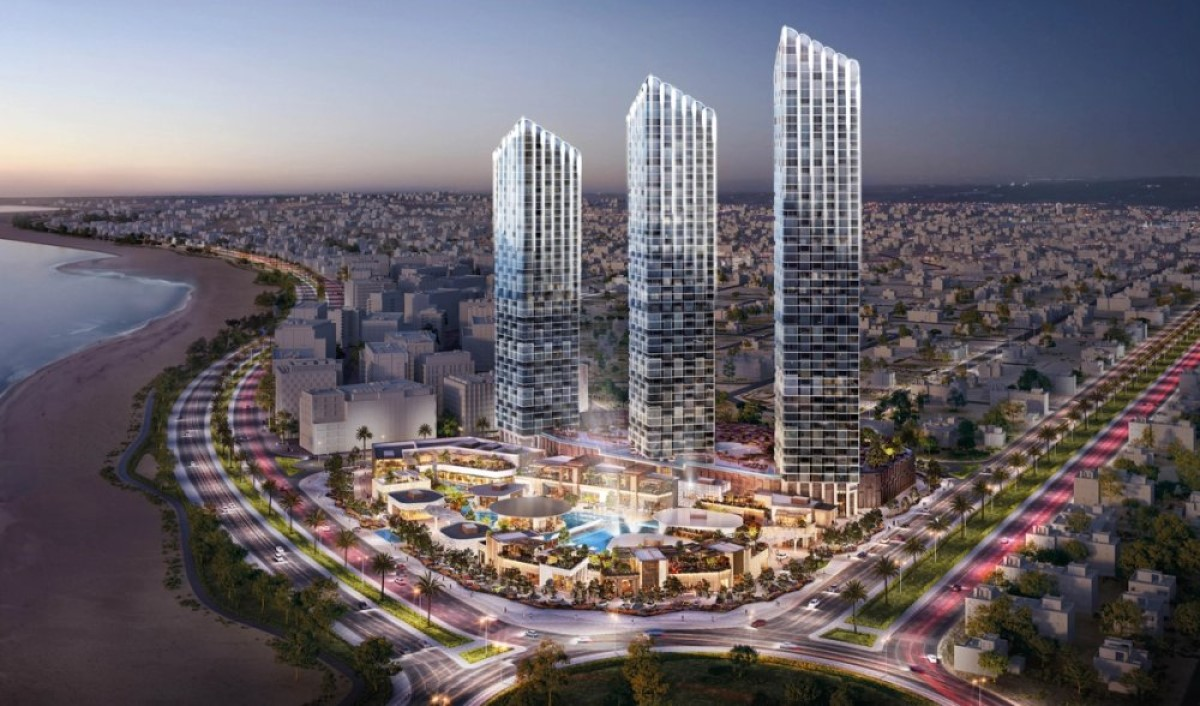
在Benoy贝诺期间,你最喜欢的是什么?
毫无疑问是这里的人。Benoy贝诺的同事们真的很有情商,他们明白工作和生活需要平衡,在与我互动和解释事情时非常体贴。在这里,我感觉有人在支持我,希望我成功和成长——不仅仅是为了公司,更是为了培养我的技能和信心,这真的很棒。而且这里的人总是能够挑战你,推动你更进一步,这意味着我能做很多像我这个职位的人通常做不到的事情。这是一个能让人在职业和个人层面都得到成长的好地方。
对于刚开始实习的建筑专业学生,你有什么建议吗?
我想说的是,一定要大胆发言。刚开始的时候,大家很容易觉得自己应该多倾听。但你的想法也同样有价值;通过发言,你可以确认自己的理解,培养沟通和表达能力,这真的很重要。不要被别人吓到,他们是来支持你的。所以,尽可能地展示自己——这是我的建议。




